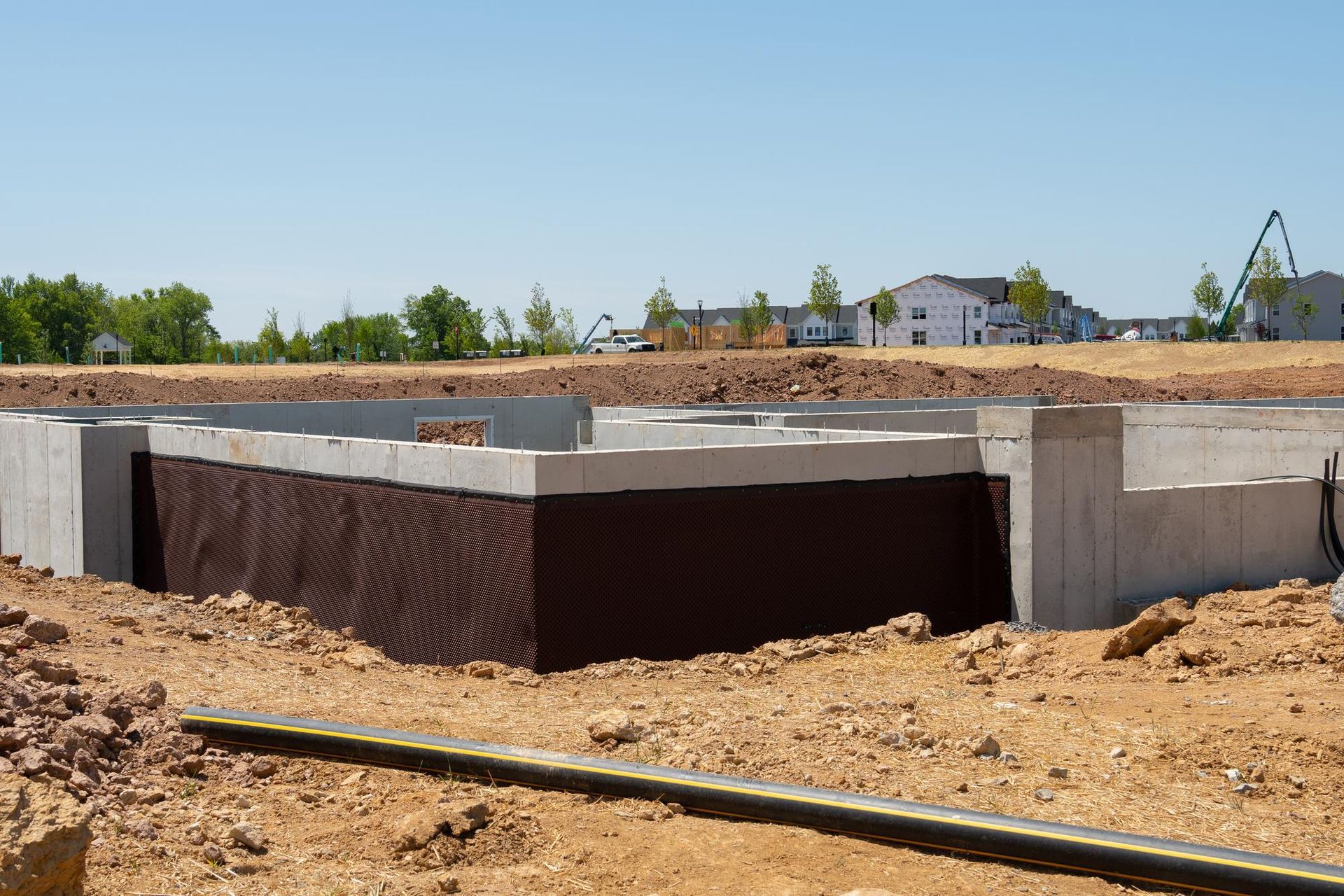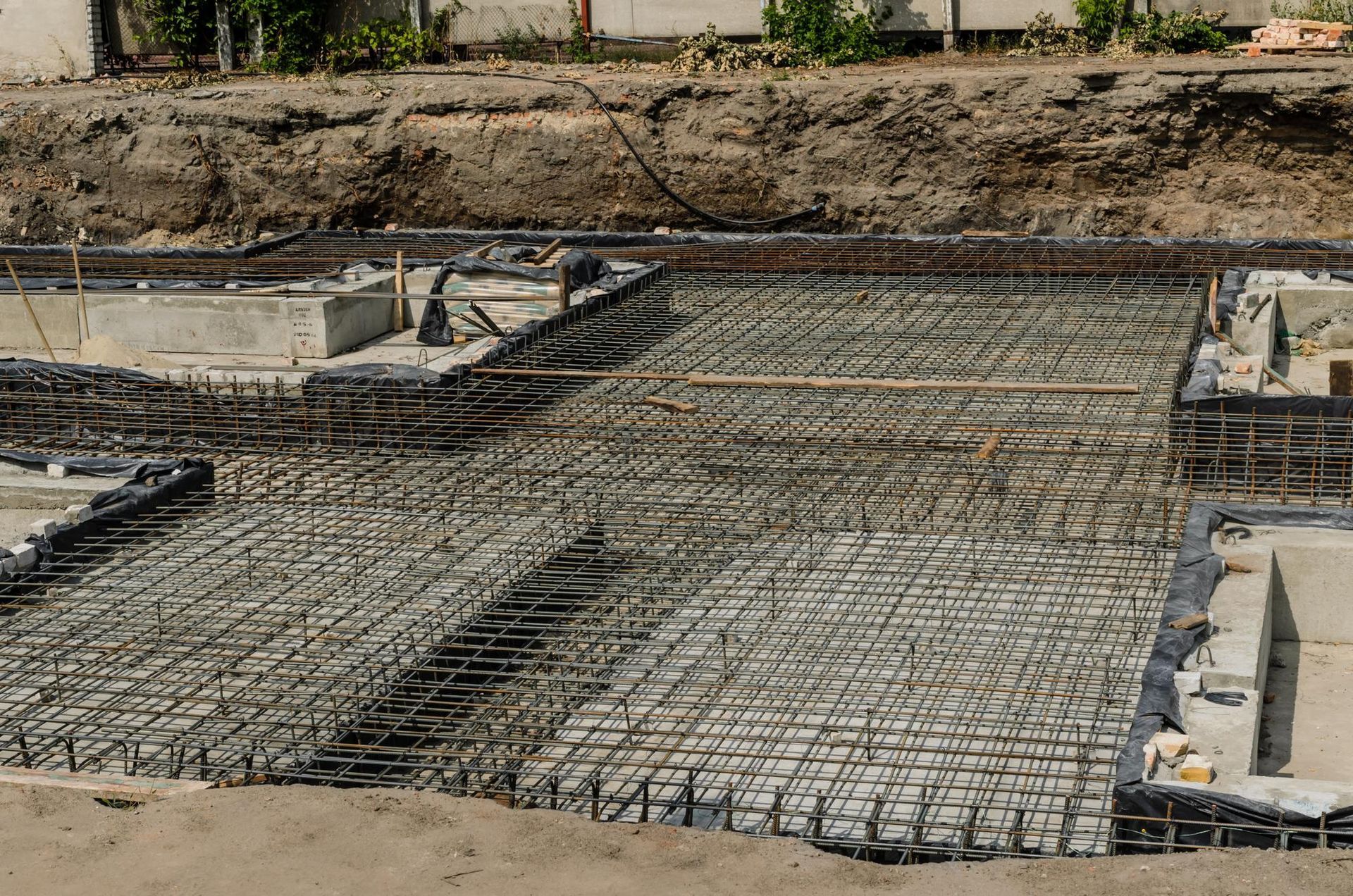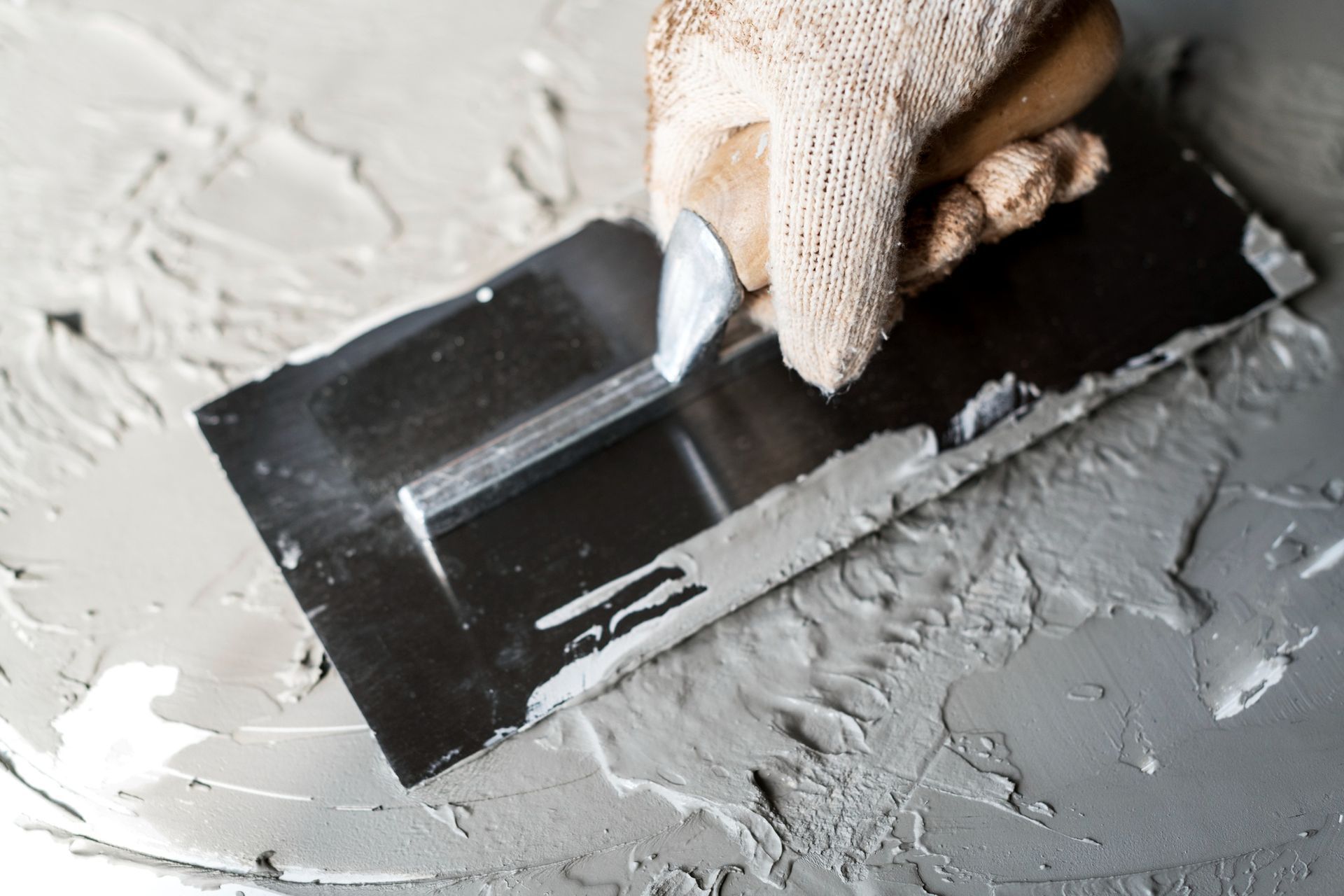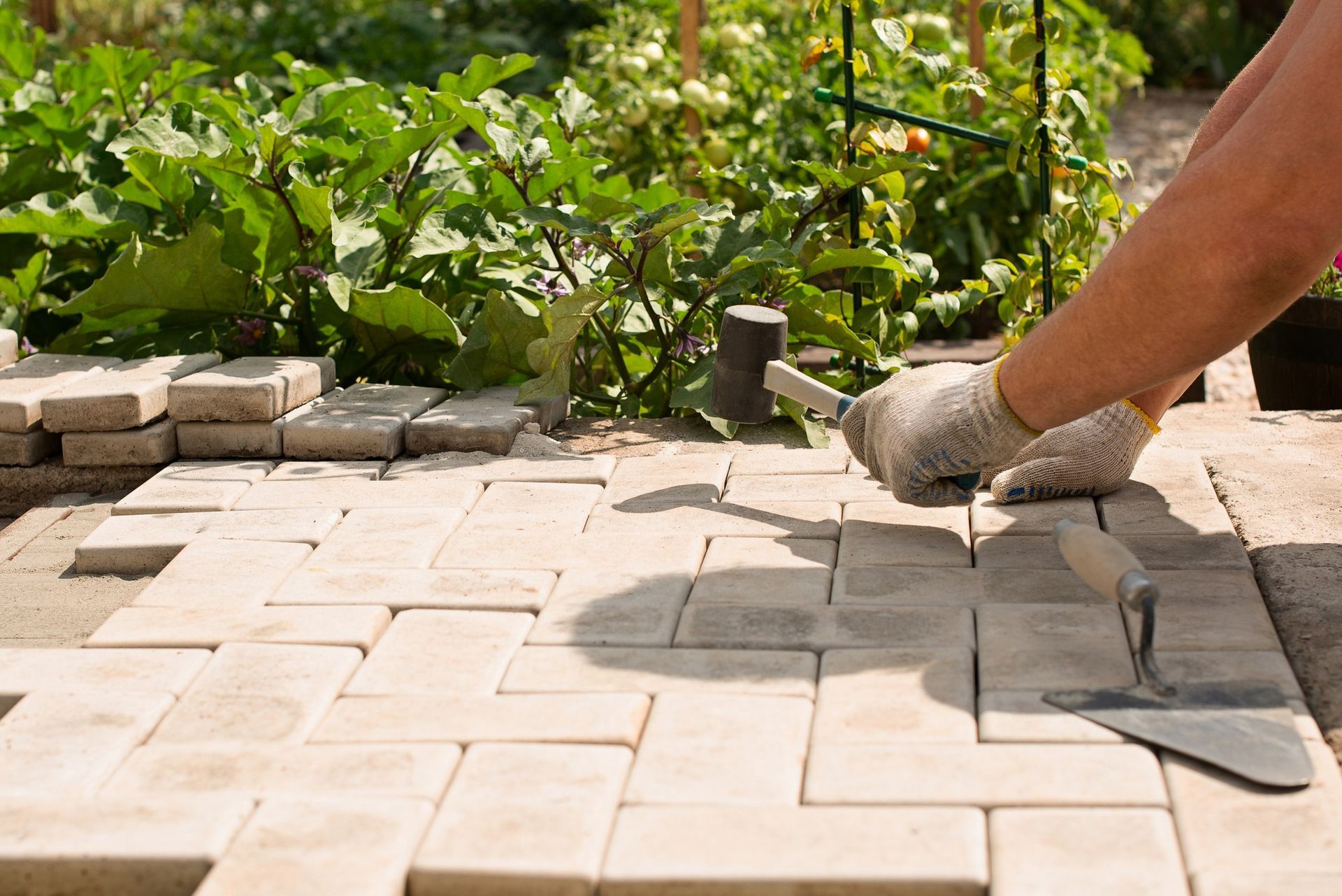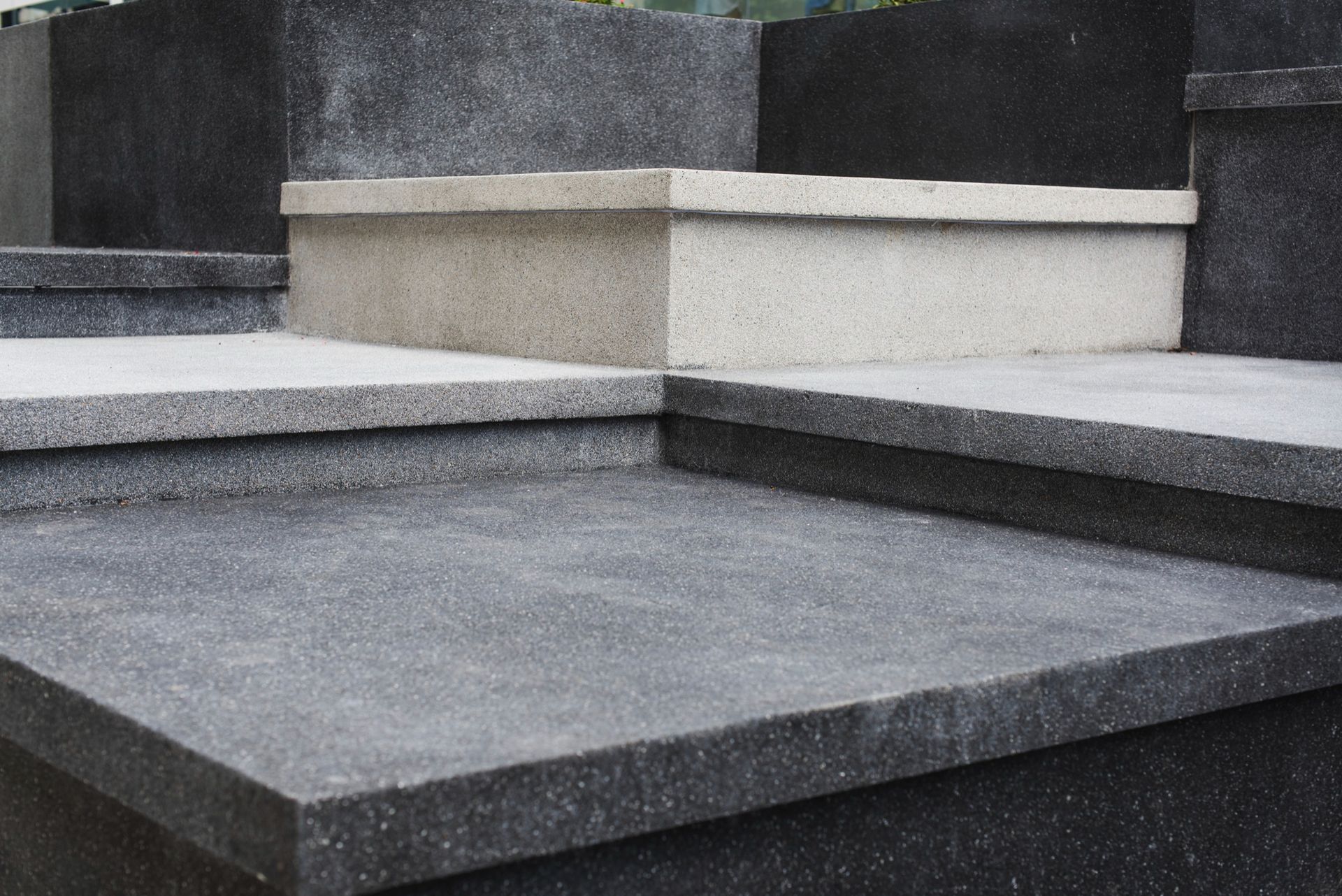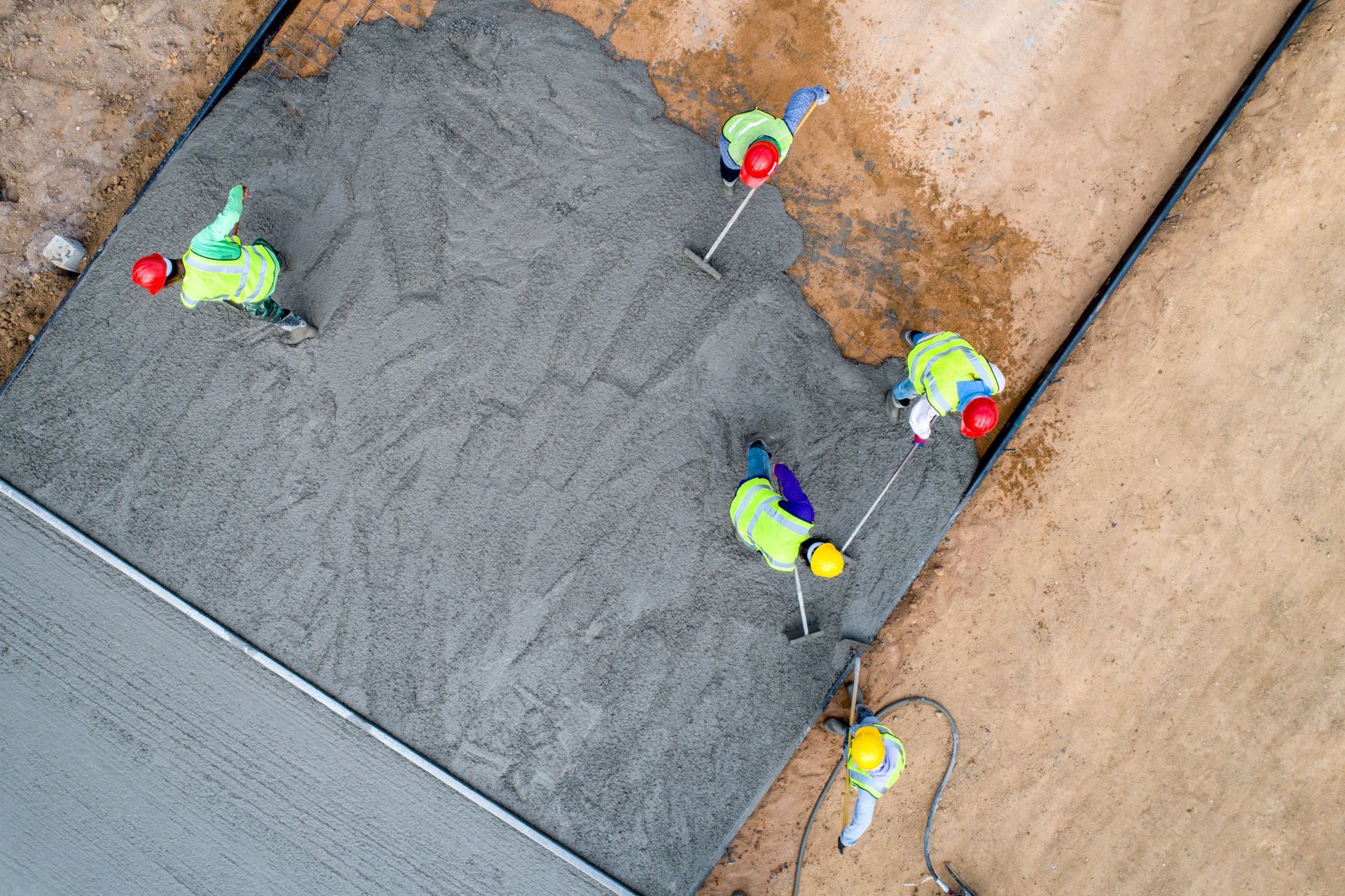Cost-Effective Ways to Upgrade with Concrete Floor Finishes
When considering a home renovation, flooring often emerges as a significant element, both in terms of aesthetics and functionality. For many homeowners, the timeless allure of concrete floor finishes presents a cost-effective way to transform a space. Beyond its resilience and durability, concrete offers a myriad of affordable options that can elevate any room.
Effective methods to upgrade your space.
- Why Choose Concrete?
Concrete isn't just for sidewalks or garages anymore. It has steadily made its mark in interior design circles for its versatility, easy maintenance, and potential for customization. With a lower price point than many traditional flooring materials, concrete allows homeowners to achieve luxury looks without the luxury price tag. - Staining Concrete Floors
Staining is an economical way to introduce color into plain concrete. Water-based stains penetrate the surface, offering a wide array of hues from soft pastels to vibrant tints. If you crave an earthier vibe, acid-based stains are your go-to, providing rich, variegated tones. With staining, your floors can emulate the look of polished marble or natural stone at a fraction of the cost.
Pro Tip: Make sure your concrete surface is clean and free of blemishes before staining. Any imperfections might be amplified once the stain is applied. - Concrete Floor Overlays
If your existing concrete floor has seen better days, overlays can come to the rescue. These thin layers of concrete or polymer-modified toppings provide a fresh canvas. You can choose from an assortment of finishes, from smooth and polished to textured or patterned. Overlays not only rejuvenate worn-out floors but also offer an affordable solution compared to a complete overhaul. - Stamped Concrete: The Affordable Alternative to High-End Flooring
Stamped concrete offers the luxury look of slate, brick, or cobblestone without the corresponding price tag. Using molds, patterns are 'stamped' onto the wet concrete before it sets. Add in the right coloration, and you'll have a surface that mimics more expensive materials. - Epoxy Coatings for a Gleaming Finish
For those desiring a high-gloss finish, epoxy coatings are a fabulous option. Besides offering a stunning sheen, epoxy boosts the floor's resistance to stains and damage. This makes it perfect for high-traffic areas like kitchens and living rooms. Plus, the multitude of available colors and designs ensures there's an epoxy solution for every taste and decor. -
Embrace the Natural Look
Sometimes, less is more. Instead of going all out with elaborate finishes, consider polishing your existing concrete floor. A polished floor, with its muted sheen, exudes a minimalist, industrial charm. It’s also easy to maintain, requiring just regular mopping to retain its luster. -
Personalize with Paint
Believe it or not, concrete floors can be painted, offering another affordable upgrade option. Use floor-specific paints, which adhere better and can withstand foot traffic. From solid colors to intricate designs, the world is your oyster when painting concrete. -
Sealers: The Unsung Heroes
Once your concrete floor is styled to your liking, don't forget to seal it. Sealers protect the floor from moisture, stains, and everyday wear and tear. While they may seem like an added expense, they're a cost-effective investment in the long run. A well-sealed floor requires less maintenance and enjoys a longer lifespan. - Mix and Match for Uniqueness
Who says you have to stick to just one finish? Combine staining with stamping or pair paint with epoxy coatings for a truly unique floor. By blending techniques, you can achieve bespoke designs tailored to your personal style, often at a lower combined cost than some high-end singular finishes. - DIY or Hire a Pro?
While some homeowners might be tempted to make it a DIY project, it's essential to weigh the pros and cons. Simple tasks like painting or basic staining might be achievable, but for more intricate finishes, hiring a professional can ensure quality and longevity. Remember, sometimes spending a bit upfront can save money on repairs and touch-ups down the line.
The Green Benefits of Concrete Flooring
Another point worth noting, especially in our ecologically conscious age, is the green footprint of concrete floors. The energy required to produce concrete and implement it as a flooring solution is considerably less than for many other flooring materials. Plus, given its long lifespan, you're looking at fewer replacements and, hence, reduced waste over time.
Maintenance and Care
A considerable benefit of concrete flooring, especially for those on a budget, is its ease of maintenance. Unlike some other flooring options that might require special cleaners or regular refinishing, concrete can be kept pristine with simple, routine care. Regular sweeping or dusting and occasional wet mopping with a neutral cleaner are generally all it takes. Such straightforward upkeep can save you money in the long run, not just in maintenance products but also in time and effort.
Versatility in Design
It’s easy to think of concrete as a one-note choice, but nothing could be further from the truth. Aside from the aforementioned staining, painting, and stamping options, there’s also the potential for embedding tiles, stones, or even artifacts into the concrete before it sets. Such methods offer you a chance to create genuinely personalized spaces, embedding memories (like a child’s handprint) or designs of your choosing directly into the floor.
Radiant Heating and Concrete
Cold feet? Not a problem. One fantastic and often overlooked feature of concrete floors is their compatibility with radiant floor heating systems. By incorporating heating coils beneath the concrete, your floor can emit a comfortable warmth, making it perfect for colder climates. Although there's an initial installation cost, radiant heating is energy-efficient and can result in significant savings on heating bills in the long run.
Adapting to Future Trends
One significant advantage of concrete flooring is its adaptability. Trends change, and with concrete, you're never truly locked into a specific aesthetic. Want to change the color or finish? With the right preparations, you can overlay, restain, or repaint without the need for ripping up the entire floor. This adaptability ensures that your flooring can evolve with your tastes, saving you money on full replacements.
Conclusion
Embracing concrete floor finishes is not just a nod to modern design but also a testament to practicality and economic sense. Its multifaceted nature — from being an eco-friendly choice to its low maintenance demands — makes it a rising star in the world of interior design.
For homeowners in North Collins, NY, seeking both elegance and economy, concrete floor finishes undeniably offer the best of both worlds. If you're contemplating an upgrade or renovation, consider the impeccable services of Bri-Mic Construction, Inc. With their renowned
expertise and dedication to quality, they have emerged as the go-to service provider in the region. You can reach them at
716-337-0500 for all your concrete flooring needs.
Keeping concrete at the forefront of your flooring choices is a decision that marries style with sensibility, ensuring your home remains both chic and cost-effective for years to come.

